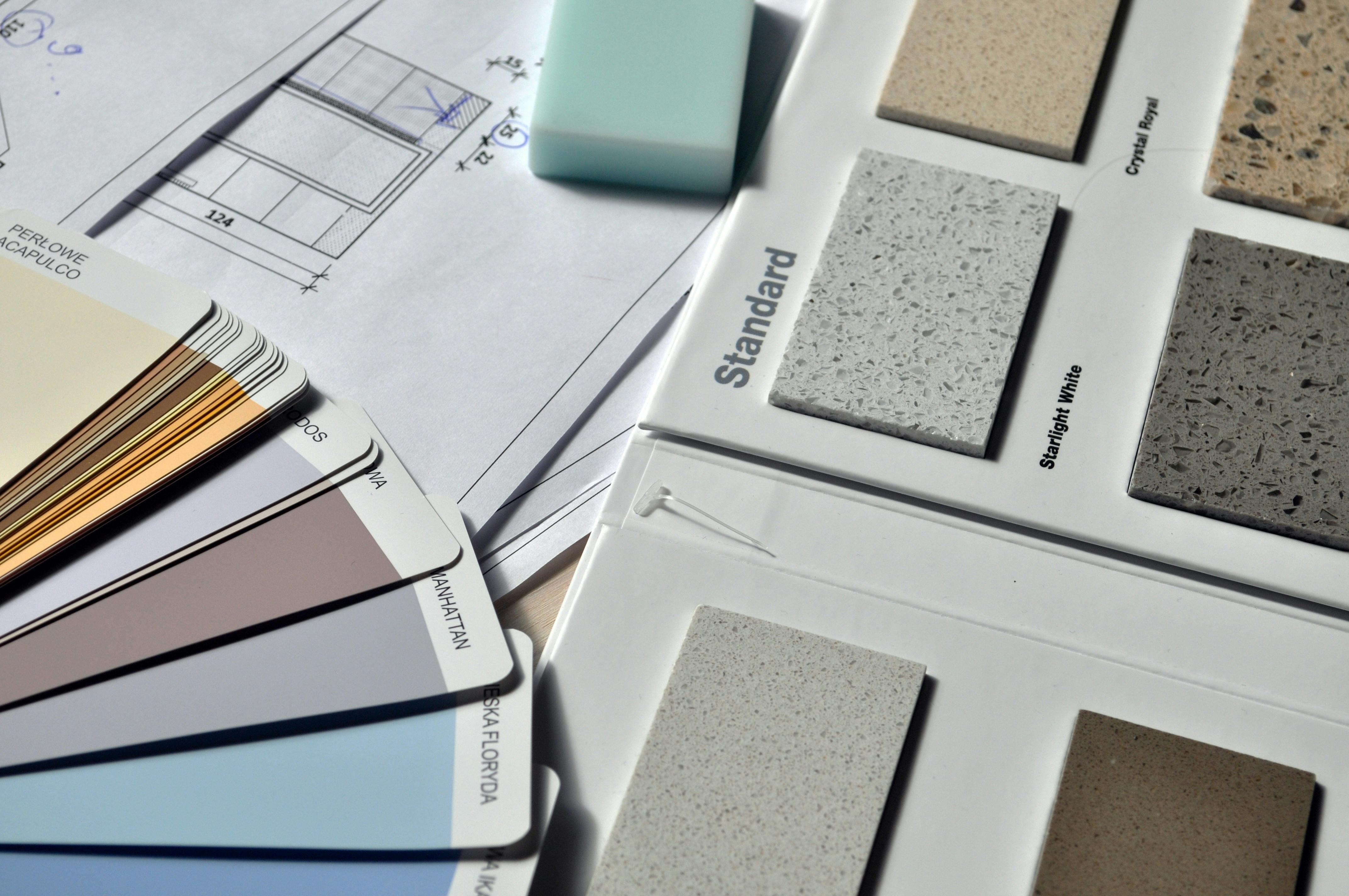How to Budget for a Home Renovation
If you’ve ever watched a dream remodel slide off schedule and over budget, you already know this truth: a home renovation budget isn’t a single number—it’s a system. Done right, that system turns guesswork into governed choices, protects your cash, and keeps quality from being the first compromise.

Table of Contents
- 1. Start with outcomes, then scope
- 2. Build your home renovation budget framework
- 3. Research realistic baseline costs
- 4. Decide DIY vs. hire (and how to vet pros)
- 5. Get apples-to-apples bids
- 6. Permits, inspections, codes, insurance
- 7. Contingency, allowances, and reserves
- 8. How to fund the project
- 9. Cash flow schedule & payments
- 10. Control costs during construction
- 11. ROI: where budgets earn their keep
- 12. Red flags & negotiation playbook
- 13. Worksheet: budget categories (copy/paste)
- FAQ
- References & Standards
1) Start with outcomes, then scope
Before a single number goes into your home renovation budget, capture outcomes—the specific ways your home should work better:
- Function: e.g., “Seat 6 at island,” “Add accessible shower,” “Increase storage by 30%.”
- Performance: insulation/air-sealing targets, quieter HVAC, lower utility bills.
- Mood & brand: light, materials, color temperature, handles & hardware.
- Constraints: condo bylaws, working hours, elevator bookings, debris rules, parking.
Turn outcomes into a written scope. Tie every line item to one of your outcomes. Anything that doesn’t serve an outcome goes to a “nice-to-have” list, not the main scope.

2) Build your home renovation budget framework
A reliable framework breaks the budget into logical buckets so nothing hides:
- Soft costs: design/drawings, engineering, interior design, permits, surveys, inspections.
- Structural & envelope: framing, beams/columns, waterproofing, insulation, drywall.
- MEP: mechanical (HVAC), electrical (new circuits, panel upgrades, lighting), plumbing.
- Finishes: flooring, tile & stone, paint, millwork/cabinetry, counters, fixtures.
- Site & logistics: protection, waste disposal, delivery, elevator/hoist, cleaning.
- Risk buffers: contingency (unforeseen), allowances (finish selections TBD), escalation (price fluctuations).
Budget rule of thumb: Keep allowances small and item-specific (e.g., “kitchen faucet: $350”), not lump sums. It reduces change-order shock later.
3) Research realistic baseline costs
Numbers come from multiple lenses:
- Local benchmarks — regional cost guides and recent comparable projects (kitchen, bath, condo full-gut).
- Professional quotes — at least 2–3 detailed bids based on the same scope/drawings.
- Line-item check — verify quantities (sqft, linear feet, fixture counts) so you can sanity-check bids.

4) Decide DIY vs. hire (and how to vet pros)
DIY can be smart for painting, demolition, or simple landscaping—not for structural, gas, electrical, or waterproofing. Beyond skills and safety, also weigh:
- Warranty and after-care.
- Insurance and liability.
- Coordination overhead (subs, schedules, deliveries).
Vetting pros: Prefer renovators who follow a published code of conduct, carry liability insurance, and offer a written warranty (e.g., Canada’s CHBA RenoMark members commit to a code including minimum $5M liability insurance and a 1-year warranty). Link these standards directly in your “How We Hire” checklist.

5) Get apples-to-apples bids
Send the same packet to all contenders: drawings, finish schedules, product links, condo/HOA rules, site photos, start date window, and bid form. Require each bidder to:
- Break out labor vs. materials.
- Price allowances line-by-line (tile, slab, faucet, lighting).
- List exclusions and assumptions.
- Provide schedule with milestones and payment terms.
- Include proof of license, insurance, and warranty.
Create a simple comparison table—then meet each contractor to review discrepancies. Many “price gaps” are just scope gaps.
6) Permits, inspections, codes, insurance
Ignoring permits is the fastest way to blow your budget later (stop-work orders, fines, rework). For structural, plumbing, electrical, additions, and many condo interior changes, permits are typically required. Check your municipality’s official portal, and for Canadian readers, review CMHC resources and your local building department. Confirm:
- Who pulls permits (you vs. the contractor).
- Inspection sequence and lead times.
- Condo/building rules (working hours, elevator bookings, noise, debris).
- Insurance: general liability and, where applicable, workers’ compensation coverage.
7) Contingency, allowances, and reserves
Three different “buffers,” three different jobs:
- Contingency (unforeseen conditions): hidden damage, structural surprises—often 10–20% depending on project risk and building age.
- Allowances (not-yet-selected finishes): each item with its own realistic price cap.
- Escalation reserve: for price volatility on long lead items.
Treat contingency as protected funds—you need written justification (RFI, site photo, inspector note) to touch it.
8) How to fund the project
Order of operations:
- Cash & reserves — cheapest, but guard your emergency fund.
- Home-renovation financing via your lender (e.g., refinance options, renovation-specific loans, or lines of credit). Ask about draw schedules, interest, and fees.
- Incentives/rebates — energy upgrades may qualify for refunds or rate reductions in some programs.
Golden rule: match loan term to the lifespan of the improvements. Don’t finance paint like you’d finance new windows.

9) Cash flow schedule & payments
Write a payment schedule tied to milestones, not arbitrary dates:
- Deposit (small and documented) → Mobilization & protection → Rough-in complete → Close-in approved → Cabinets set → Countertops templated → Substantial completion → Final.
- Hold a retainage until punch-list completion (common in construction contracts; confirm your jurisdiction’s rules and your contract language).
- Require written change orders with price and time impact before proceeding.
10) Control costs during construction
- Weekly site walk with a punch-list. Photograph progress and issues.
- Change control: one decision-maker; batch changes; always ask, “Is this an outcome or a nice-to-have?”
- Keep allowances moving: lock selections early to avoid rush-fees and substitutions.
- Protect finishes: damaged product is a silent budget killer.

11) ROI: where budgets earn their keep
A good home renovation budget considers resale and daily delight:
- Kitchens & baths retain value when layouts improve function and storage, not just finishes.
- Curb appeal (entry door, lighting, landscaping) has outsized first-impression effects.
- Energy and comfort upgrades (windows, air sealing, insulation, balanced ventilation) improve quality of life and can reduce operating costs.
Remember: ROI is local—compare with recent sales in your neighborhood, not national averages alone.

12) Red flags & negotiation playbook
Red flags
- Vague bids (“includes electrical as needed”), large allowances, no exclusions list.
- Unrealistic start dates or durations given supply lead-times.
- Cash-only demands or refusal to pull permits.
Negotiation
- Ask bidders to price alternates (e.g., LVP vs. engineered wood, quartz grades, tile patterns).
- Offer schedule flexibility for a discount (off-peak start, consolidated delivery days).
- Trade scope for price—never trade documentation or warranty.
13) Worksheet: budget categories (copy/paste)
PROJECT: ____________________ ADDRESS: _______________________
SCOPE: Kitchen | Bath | Full Home | Condo | Basement | Other
SOFT COSTS
- Design / Drawings __________
- Engineering ________________
- Permit & Inspections _______
- Interior Design ____________
STRUCTURE & ENVELOPE
- Demo & Protection __________
- Framing / Beams ____________
- Insulation & Drywall _______
- Waterproofing _____________
MEP
- Electrical (panel, circuits, lighting) ______
- Plumbing (rough, fixtures) _________________
- HVAC (equipment, ducting) _________________
FINISHES
- Flooring ___________________
- Tile & Stone _______________
- Cabinetry & Millwork _______
- Countertops ________________
- Paint ______________________
- Hardware & Glass ___________
LOGISTICS
- Waste & Hauling ____________
- Elevators / Bookings ________
- Delivery Fees _______________
- Cleaning ____________________
RISK BUFFERS
- Contingency (10–20%) _______
- Allowances _________________
- Escalation Reserve _________
TOTAL (Excl. tax): ___________